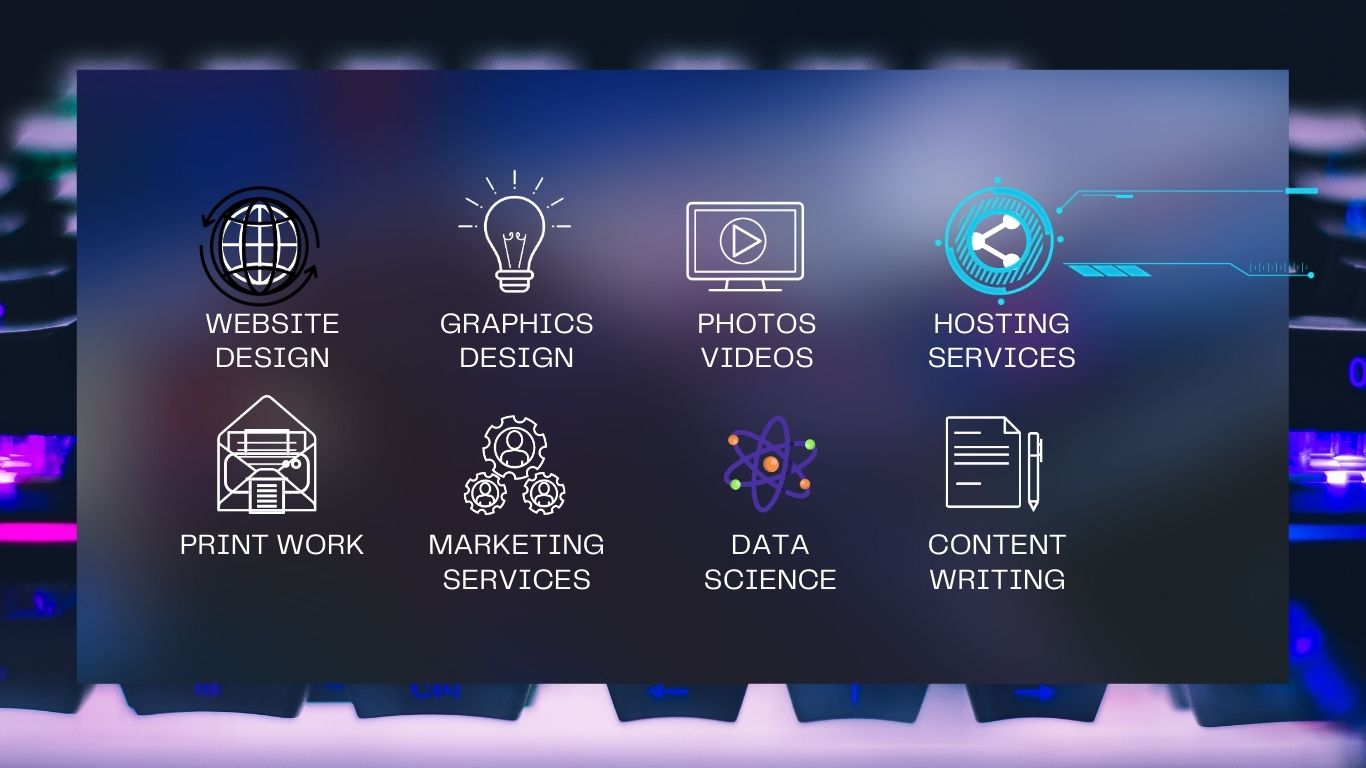Services
Our Services is Maintaining a customer base is important for any enterprise, building good customer relationships takes a lot of effort and the slightest error can ruin it. Due to our excellent customer service we have maintained an 85% customer retention rate. We, the best IT service provider company in Noida, help your business regain loyalty by transitioning to the latest advanced IT technology.
Our Services is Maintaining a customer base is important for any enterprise, building good customer relationships takes a lot of effort and the slightest error can ruin it. Due to our excellent customer service we have maintained an 85% customer retention rate. We, the best IT service provider company in Noida, help your business regain loyalty by transitioning to the latest advanced IT technology.
Website design and development are two crucial aspects of creating a successful online presence. They involve the creation and maintenance of websites, which serve as a digital representation of an individual, organisation, business, or any entity on the internet. Here’s an overview of each:








